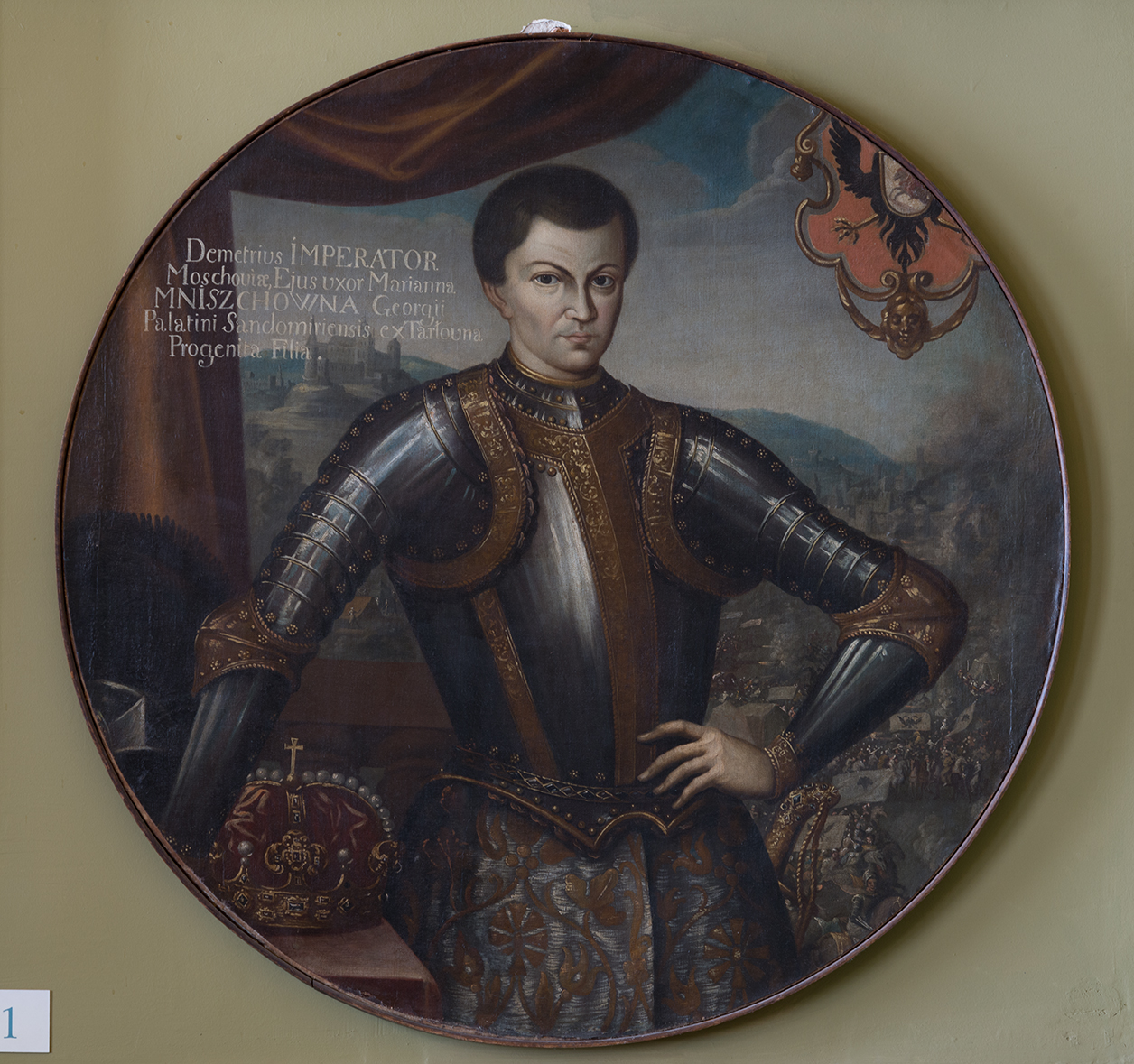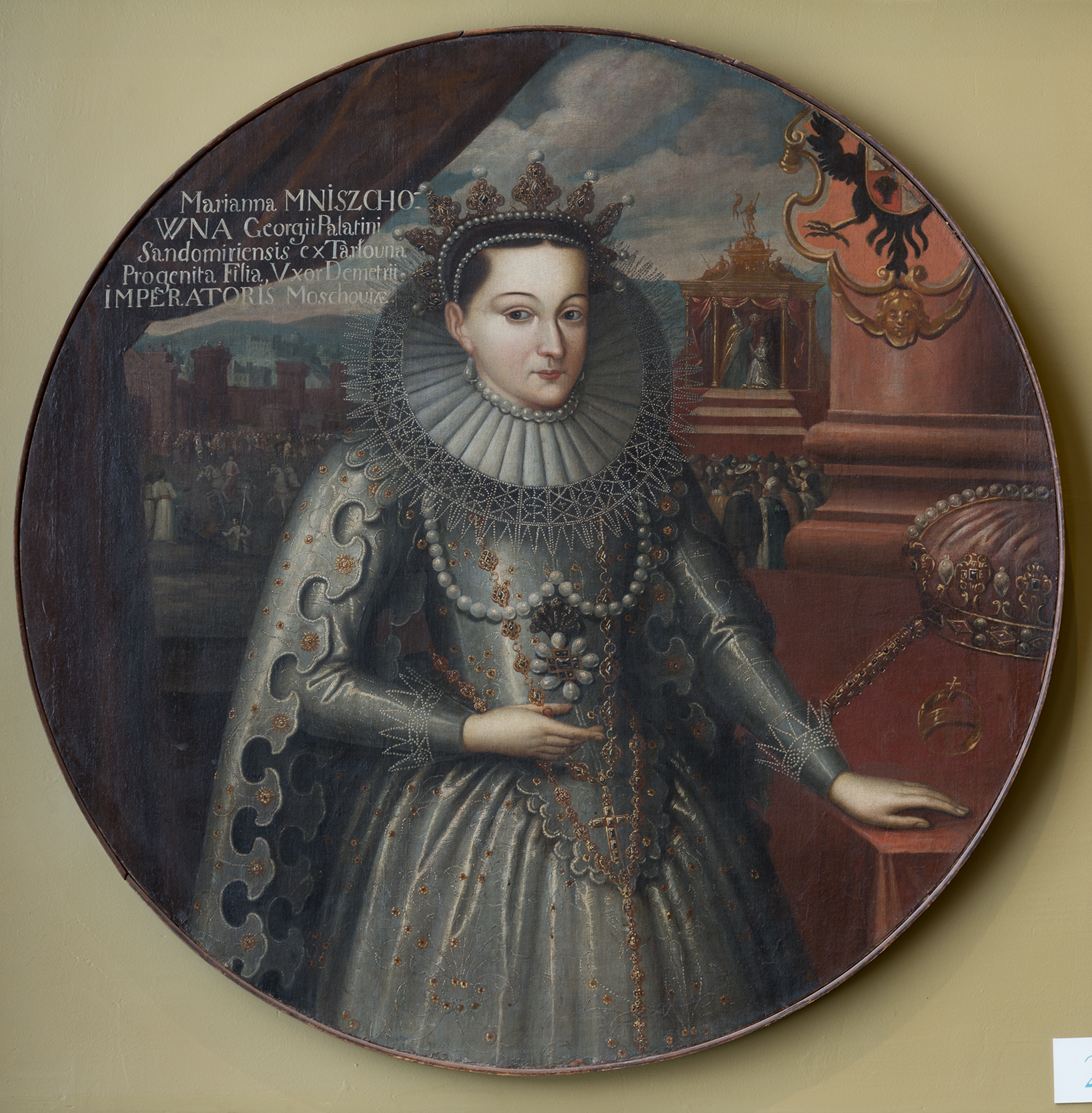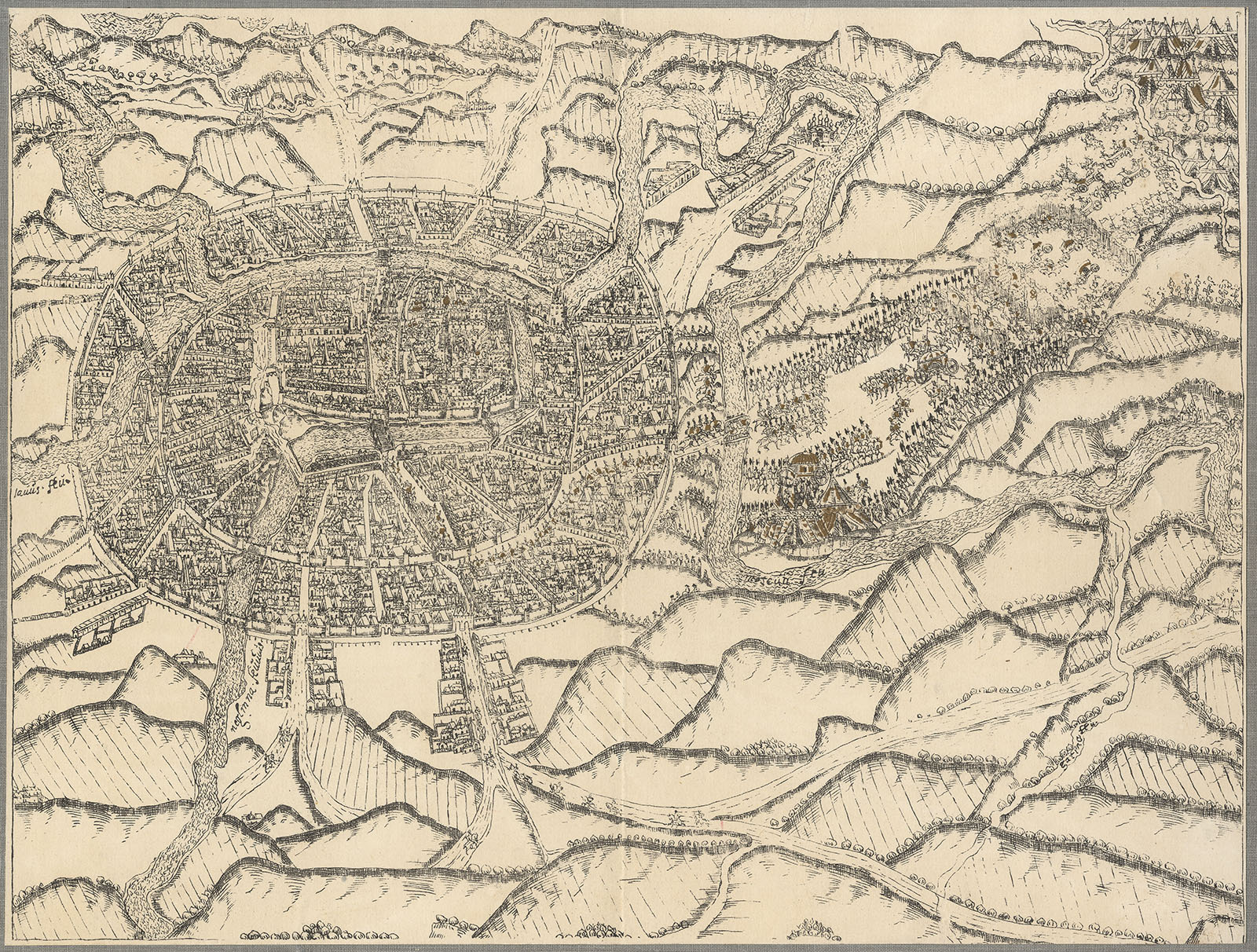

From its origin up to the end of the 16th century, Russian statehood was inextricably bound to the dynastic history of the Rurikids
Princes, Great Princes and Tsars – the descents of the semi-legendary Rurik – had been governing Russian lands for more than seven centuries. The right of the Rurikids to absolute authority was of sacred significance for Russian society.
The exposition in the exhibition hall of the Patriarch's Palace tells about the most significant events in the Russian sovereigns' family history in the mentioned time. On display are monuments related to the heirs' accession to the throne, marriages, births and deaths. Among them are remarkable works such as signs and symbols of royal power, items from the treasury of monarchs, personal belongings of the royal family members, family relics, attributes of funeral and memorial rites, and valuable historical documents. Visitors will see the most prestigious and iconic monuments dating back to the last Rurikids.
The decline of the royal family at the end of the 16th century gave rise to the chaos, the so-called Time of Troubles — the nation-wide calamity, the very existence of the Russian statehood was threatened in this historical period. The emergence of impostors in Russia was one of the consequences of the dynastic crisis.
The exposition in the exhibition hall of the Assumption Belfry is devoted to one of the most mysterious figures of the Russian Time of Troubles - the pretended son of Ivan the Terrible, the Tsar of Muscovy Dmitry Ivanovich, who called himself Dmitry the Emperor and remained in history as Dmitry the Impostor, or False Dmitry I.
Artefacts and documentary sources cover the history since the death of Tsarevich Dmitry in Uglich, describe the appearance of the miraculously escaped prince in Poland in 1604 and his campaign in Russia, as well as the accession of Tsar Dmitry Ivanovich to the Russian throne in 1605, his eleven-month reign and death. Testimonies of the short reigning of False Dmitry I and works created in subsequent centuries will highlight how he sought to present himself to the world and how he remained in the memory of posterity.
On display are pieces from the collections of Russian and foreign museums, archives and libraries. Most of them are monuments of exceptional artistic, historical and memorial value.
The exposition in the exhibition hall of the Patriarch's Palace tells about the most significant events in the Russian sovereigns' family history in the mentioned time. On display are monuments related to the heirs' accession to the throne, marriages, births and deaths. Among them are remarkable works such as signs and symbols of royal power, items from the treasury of monarchs, personal belongings of the royal family members, family relics, attributes of funeral and memorial rites, and valuable historical documents. Visitors will see the most prestigious and iconic monuments dating back to the last Rurikids.
The decline of the royal family at the end of the 16th century gave rise to the chaos, the so-called Time of Troubles — the nation-wide calamity, the very existence of the Russian statehood was threatened in this historical period. The emergence of impostors in Russia was one of the consequences of the dynastic crisis.
The exposition in the exhibition hall of the Assumption Belfry is devoted to one of the most mysterious figures of the Russian Time of Troubles - the pretended son of Ivan the Terrible, the Tsar of Muscovy Dmitry Ivanovich, who called himself Dmitry the Emperor and remained in history as Dmitry the Impostor, or False Dmitry I.
Artefacts and documentary sources cover the history since the death of Tsarevich Dmitry in Uglich, describe the appearance of the miraculously escaped prince in Poland in 1604 and his campaign in Russia, as well as the accession of Tsar Dmitry Ivanovich to the Russian throne in 1605, his eleven-month reign and death. Testimonies of the short reigning of False Dmitry I and works created in subsequent centuries will highlight how he sought to present himself to the world and how he remained in the memory of posterity.
On display are pieces from the collections of Russian and foreign museums, archives and libraries. Most of them are monuments of exceptional artistic, historical and memorial value.
sponsors of the exhibition
_______________________________

general sponsor PAO Transneft
media partners
strategic media partner
radio partner
2
ON
XHI
I
I
E
T
B
EXHIBITION

From its origin up to the end of the 16th century, Russian statehood was inextricably bound to the dynastic history of the Rurikids
Princes, Great Princes and Tsars – the descents of the semi-legendary Rurik – had been governing Russian lands for more than seven centuries. The right of the Rurikids to absolute authority was of sacred significance for Russian society.
The exposition in the exhibition hall of the Patriarch's Palace tells about the most significant events in the Russian sovereigns' family history in the mentioned time. On display are monuments related to the heirs' accession to the throne, marriages, births and deaths. Among them are remarkable works such as signs and symbols of royal power, items from the treasury of monarchs, personal belongings of the royal family members, family relics, attributes of funeral and memorial rites, and valuable historical documents. Visitors will see the most prestigious and iconic monuments dating back to the last Rurikids.
The decline of the royal family at the end of the 16th century gave rise to the chaos, the so-called Time of Troubles — the nation-wide calamity, the very existence of the Russian statehood was threatened in this historical period. The emergence of impostors in Russia was one of the consequences of the dynastic crisis.
The exposition in the exhibition hall of the Patriarch's Palace tells about the most significant events in the Russian sovereigns' family history in the mentioned time. On display are monuments related to the heirs' accession to the throne, marriages, births and deaths. Among them are remarkable works such as signs and symbols of royal power, items from the treasury of monarchs, personal belongings of the royal family members, family relics, attributes of funeral and memorial rites, and valuable historical documents. Visitors will see the most prestigious and iconic monuments dating back to the last Rurikids.
The decline of the royal family at the end of the 16th century gave rise to the chaos, the so-called Time of Troubles — the nation-wide calamity, the very existence of the Russian statehood was threatened in this historical period. The emergence of impostors in Russia was one of the consequences of the dynastic crisis.
sponsors of the exhibition
_______________________________

The exposition in the exhibition hall of the Assumption Belfry is devoted to one of the most mysterious figures of the Russian Time of Troubles - the pretended son of Ivan the Terrible, the Tsar of Muscovy Dmitry Ivanovich, who called himself Dmitry the Emperor and remained in history as Dmitry the Impostor, or False Dmitry I.
Artefacts and documentary sources cover the history since the death of Tsarevich Dmitry in Uglich, describe the appearance of the miraculously escaped prince in Poland in 1604 and his campaign in Russia, as well as the accession of Tsar Dmitry Ivanovich to the Russian throne in 1605, his eleven-month reign and death. Testimonies of the short reigning of False Dmitry I and works created in subsequent centuries will highlight how he sought to present himself to the world and how he remained in the memory of posterity.
On display are pieces from the collections of Russian and foreign museums, archives and libraries. Most of them are monuments of exceptional artistic, historical and memorial value.
Artefacts and documentary sources cover the history since the death of Tsarevich Dmitry in Uglich, describe the appearance of the miraculously escaped prince in Poland in 1604 and his campaign in Russia, as well as the accession of Tsar Dmitry Ivanovich to the Russian throne in 1605, his eleven-month reign and death. Testimonies of the short reigning of False Dmitry I and works created in subsequent centuries will highlight how he sought to present himself to the world and how he remained in the memory of posterity.
On display are pieces from the collections of Russian and foreign museums, archives and libraries. Most of them are monuments of exceptional artistic, historical and memorial value.
general sponsor PAO Transneft
media partners
strategic media partner
radio partner



















